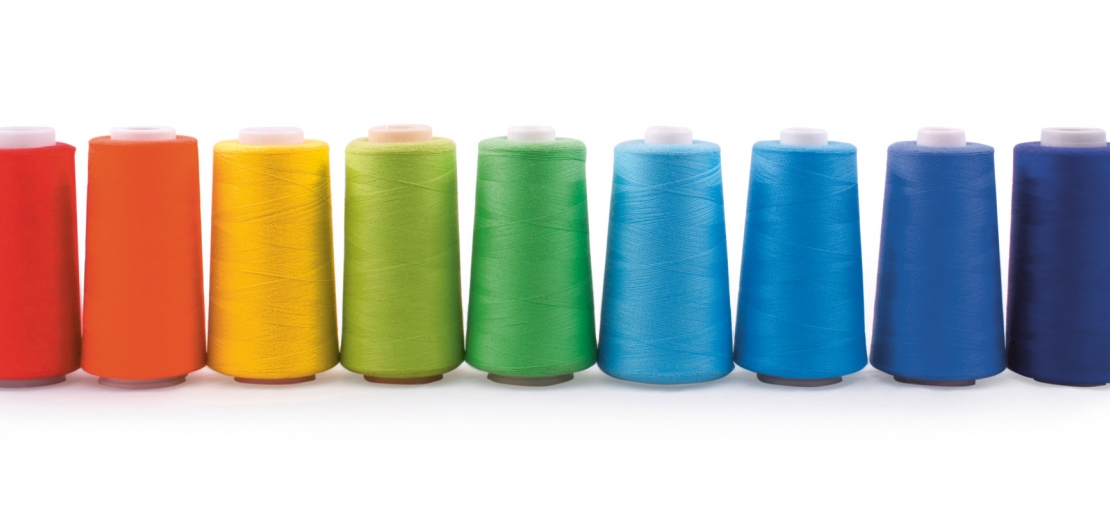
Environmentally friendly dyeing methods conserve water and energy
Yarn spool or textile pulp is dyed
When possible, we use fabrics that were dyed with environmentally friendly methods, such as yarn dye or solution dye methods.
The Dyeing process, “VAUDE ecolour”, is a solution dyeing process.
In this process, dye pigments are added during the spinning process. Unlike this process, in conventional bath dyeing yarn is first spun in its natural state and then colored in several rounds of dyeing and rinsing.

|
Low-impact dye
VAUDE ecolour is an innovative dye process that uses less rinsing and thus less water. |
Less energy, less emissions
According to data provided by our suppliers, this process not only reduces the emissions caused by the dye process by 62 percent; it also requires 89 percent less water because not as many rinsing cycles are needed.
Because of the fact that colour pigments are not washed out again during rinsing processes in the ecolour process, 63 percent less dye chemicals are required. Due to the reduction of rinsing cycles, this dying process also saves 63 percent energy.
Until now used for plaid fabrics and wool
Products that are undyed or that use environmentally friendly dye may bear the VAUDE Green Shape label. To date, this technology has only functioned for a selection of colours and yarns. Currently we are using it primarily for our plaid fabrics (i.e. for trekking shirts and blouses) as well as for wool fabrics.
| GRI: | G4-DMA Water |






